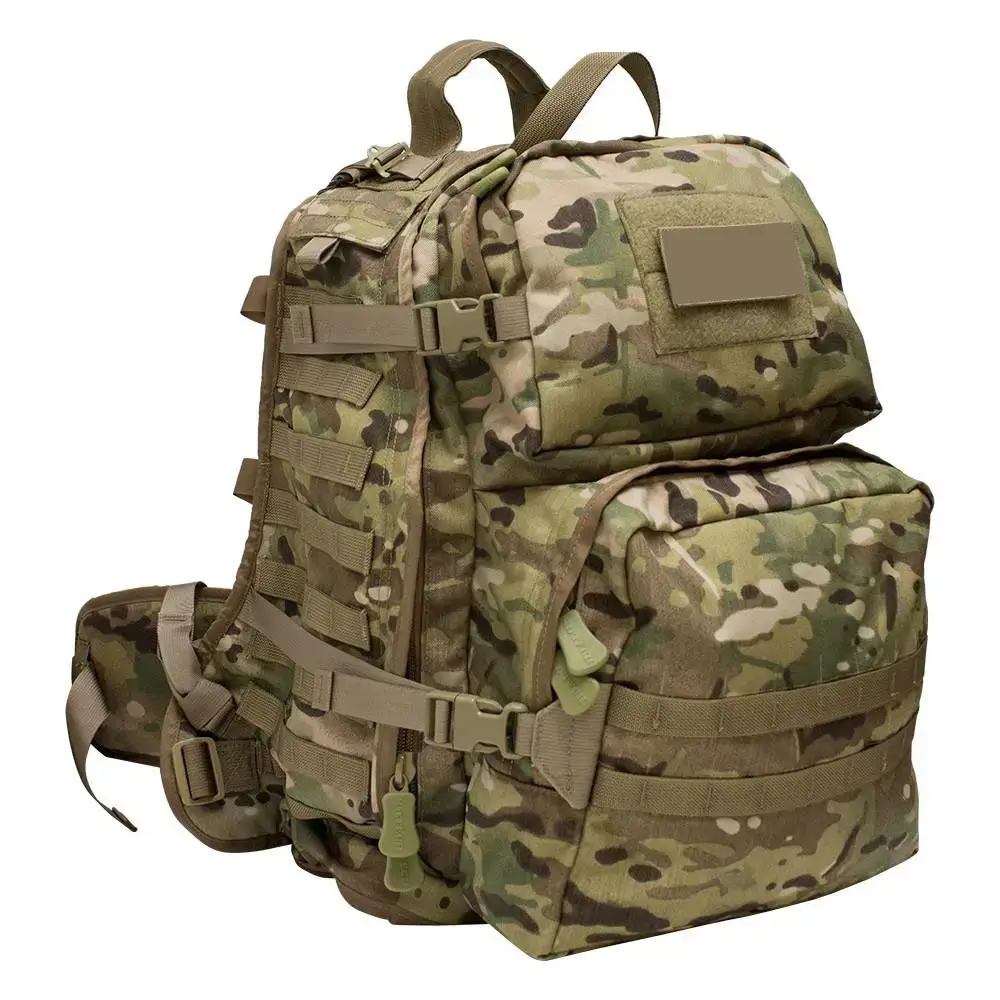In the tactical gear industry, the term MIL-SPEC is often mentioned, but its meaning isn’t always clear. As a manufacturer and supplier of tactical gear, we aim to provide accurate, practical information about military standards.
This article explains what MIL-SPEC is, why it matters, and how it impacts the gear you chttps://www.lqcompany.com/ackhoose.
What Is MIL-SPEC?
MIL-SPEC, short for Military Specification, refers to a set of standards set by the U.S. Department of Defense (DoD) to ensure that products meet strict requirements for performance, durability, and reliability.
These standards cover aspects like materials, design, testing, and packaging. MIL-SPEC is widely used in industries such as tactical gear, aerospace, and electronics to ensure equipment can withstand the demands of military operations.
For example, a MIL-SPEC backpack might be tested for water resistance, load-bearing capacity, and material strength to ensure it performs in extreme environments.
The DoD publishes these standards in documents like MIL-STD (Military Standard) o MIL-PRF (Military Performance Specification), which are publicly available through resources like the Defense Logistics Agency.
Why MIL-SPEC Matters in Tactical Gear
As a manufacturer and supplier, we know that MIL-SPEC compliance is a mark of quality. Here’s why it’s important for customers:
- Reliability in Extreme Conditions
MIL-SPEC gear is designed for combat zones, extreme weather, and other harsh environments. For instance, MIL-STD-810 outlines test methods for shock, vibration, temperature extremes, and humidity. Gear passing these tests is more likely to perform when it matters most.
- Consistency Across Products
MIL-SPEC ensures that gear, from body armor a correas, meets uniform standards. This consistency is vital for military personnel, law enforcement, and outdoor enthusiasts who need predictable performance.
MIL-SPEC standards enable equipment from different manufacturers to work together. For example, a MIL-SPEC MOLLE (Modular Lightweight Load-carrying Equipment) system ensures pouches and accessories attach seamlessly across brands.
MIL-SPEC gear is often more durable than commercial alternatives, reducing replacement costs. This benefits tactical professionals who rely on long-lasting equipment.


Common MIL-SPEC Standards in Tactical Gear
Hundreds of MIL-SPEC standards exist, but some are particularly relevant to tactical gear:
- MIL-STD-810: A testing methodology for environmental resilience, including temperature, humidity, altitude, and shock. Gear tested to this standard is rugged for field operations.
- MIL-PRF-32316: Sets performance requirements for certain body armor o protective vests, ensuring effective ballistic protection.
- MIL-C-5040: Specifies requirements for nylon cordage, like paracord, used in slings and lanyards.
- MIL-W-4088: Defines standards for webbing in belts, straps, and harnesses, ensuring strength and flexibility.
These standards are updated regularly to reflect advancements in technology and materials. You can access the latest versions through the ASSIST database, maintained by the DoD.
MIL-SPEC vs. Commercial Grade: What’s the Difference?
Not all tactical gear is MIL-SPEC, and that’s okay for some applications. Commercial-grade gear is often designed for recreational activities, like hiking or camping, and may not undergo the same rigorous testing. While commercial gear can be high quality, it might not meet MIL-SPEC’s durability or performance requirements.
For example, a commercial backpack might use similar materials but skip tests for chemical resistance or extreme cold. For first responders or soldiers, MIL-SPEC gear is often worth the investment. For casual users, commercial options may be sufficient.
The Manufacturing Process Behind MIL-SPEC Gear
As a manufacturer, we follow strict protocols to produce MIL-SPEC gear, including:
- Selección de materiales: Using approved materials, like 1000D Cordura nylon or Kevlar, that meet MIL-SPEC requirements for strength and weight.
- Testing and Validation: Conducting tests outlined in the relevant MIL-SPEC, such as abrasion resistance or tensile strength.
- Control de calidad: Inspecting every batch to ensure consistent standards.
- Documentation: Providing proof of compliance, critical for government contracts or military procurement.
This process is time-intensive and costly, which is why MIL-SPEC gear often carries a higher price tag. However, the investment ensures reliability and performance.
Misconceptions About MIL-SPEC
There are some myths about MIL-SPEC that can cause confusion:
- Myth 1: MIL-SPEC Means “Top of the Line”
MIL-SPEC sets a baseline of quality, but it doesn’t always mean the gear is the best available. Some commercial products exceed these standards without certification, as manufacturers didn’t pursue testing.
- Myth 2: All MIL-SPEC Gear Is Identical
While MIL-SPEC sets minimum standards, manufacturers can add features or use higher-quality materials to differentiate their products. For example, two MIL-SPEC chalecos tácticos might have different designs or additional features.
- Myth 3: MIL-SPEC Is Only for the Military
Civilians, including hunters, survivalists, and outdoor enthusiasts, can benefit from MIL-SPEC gear’s durability and reliability.
How to Verify MIL-SPEC Claims
As a supplier, we know that not all products labeled “MIL-SPEC” are legitimate. To verify claims:
- Check the Documentation: Reputable manufacturers provide details about the specific MIL-SPEC standard their product meets.
- Look for Certifications: Gear sold to the U.S. military often includes certification numbers or contract details.
- Research the Manufacturer: Established companies with a history of DoD contracts are more likely to produce genuine MIL-SPEC gear.
- Consult Official Sources: Use the DoD’s ASSIST database to confirm the standard exists and applies to the product.
If a product’s MIL-SPEC claim seems vague or lacks supporting evidence, it’s wise to ask questions.
Conclusión
For tactical professionals, MIL-SPEC gear provides confidence in safety and reliability. For civilians, it offers durability and versatility for activities like camping, hunting, or emergency preparedness.
Como fabricante y proveedor de equipamiento táctico personalizado, we’re committed to producing and distributing MIL-SPEC tactical gear that meets these standards. Whether you’re equipping a military unit, a law enforcement team, or yourself for an outdoor adventure, understanding MIL-SPEC helps you choose gear you can trust.


